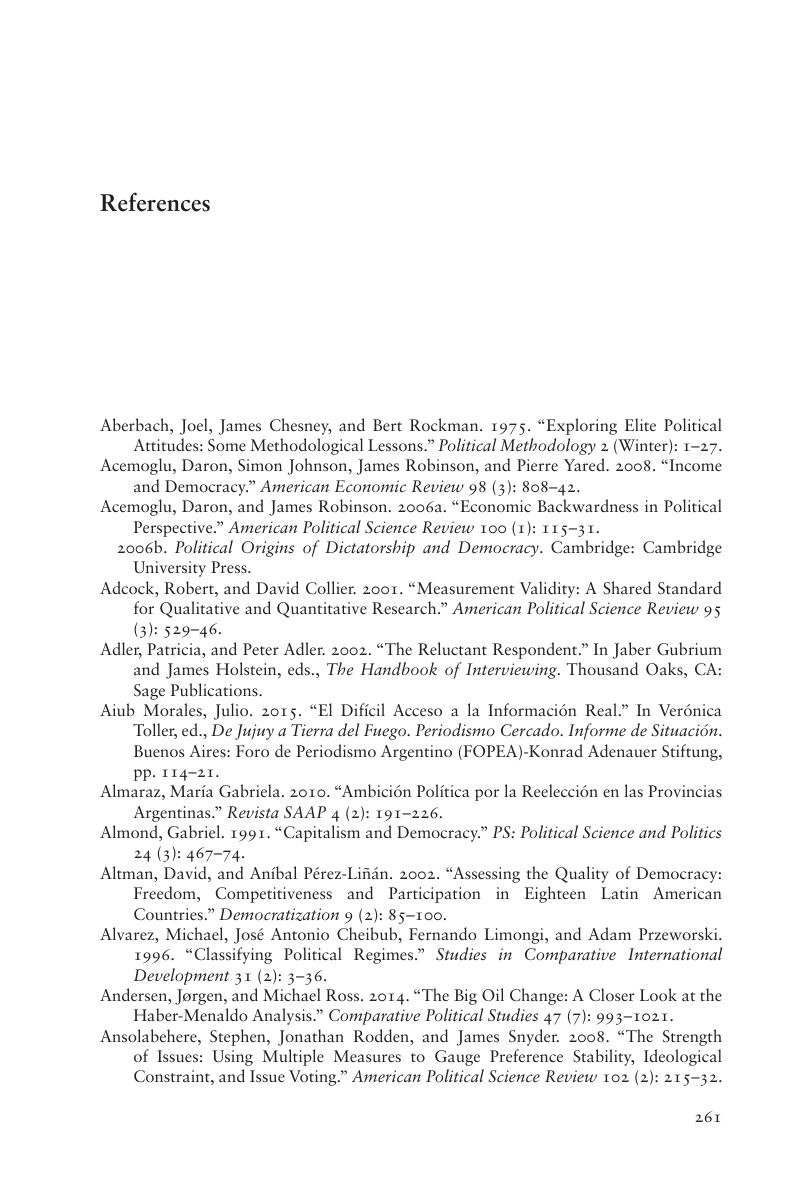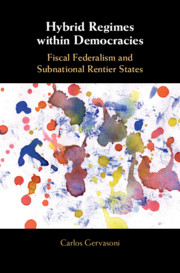Book contents
- Hybrid Regimes within Democracies
- Hybrid Regimes within Democracies
- Copyright page
- Dedication
- Contents
- Figures
- Tables
- Preface and Acknowledgments
- Abbreviations
- Introduction*
- Part I Description: The Anatomy and Evolution of Subnational Regimes
- Part II Explanation: The Causes of Subnational Regimes
- Part III Comparison: Subnational Regimes Around the World
- Conclusion
- Book part
- References
- Index
- References
References
Published online by Cambridge University Press: 02 November 2018
- Hybrid Regimes within Democracies
- Hybrid Regimes within Democracies
- Copyright page
- Dedication
- Contents
- Figures
- Tables
- Preface and Acknowledgments
- Abbreviations
- Introduction*
- Part I Description: The Anatomy and Evolution of Subnational Regimes
- Part II Explanation: The Causes of Subnational Regimes
- Part III Comparison: Subnational Regimes Around the World
- Conclusion
- Book part
- References
- Index
- References
Summary

- Type
- Chapter
- Information
- Hybrid Regimes within DemocraciesFiscal Federalism and Subnational Rentier States, pp. 261 - 280Publisher: Cambridge University PressPrint publication year: 2018



